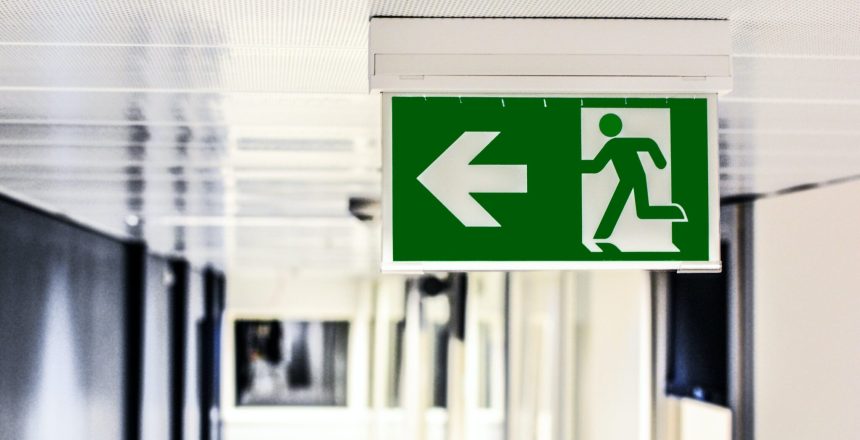Care homes are unique environments with vulnerable residents who may have limited mobility or special needs, which is why it’s crucial to establish and maintain robust fire safety plans for when an emergency strikes. This includes proper emergency evacuation strategies. What does this entail? Let’s explore how you can put top evacuation practices in place for your care home facility.
Understanding the importance of fire safety in care homes
Care homes provide residence and care for individuals who may be elderly, disabled, or have specific health conditions. This vulnerable population often faces challenges when it comes to evacuating safely during a fire emergency. If you manage or work in a care home, it’s your responsibility to keep your residents safe in the unfortunate event of a fire.
Key elements of effective emergency planning
As with any emergency, it’s important to have a rigorous strategy in place to make sure that people are evacuated to safety quickly and effectively.
Personalised evacuation plans
Every resident in a care home has unique needs and abilities. Therefore, a one size fits all evacuation plan is insufficient. Care home staff must create personalised evacuation plans for each resident, taking into account their mobility, cognitive abilities, and any medical conditions. Regularly reviewing and updating these plans is essential as residents’ conditions may change over time.
Staff training and drills
Well-trained staff are crucial for a successful evacuation. Have your employees received thorough training in fire safety protocols and evacuation procedures? If not, it’s time to arrange a fire safety training and awareness session. Similarly, it’s vital that you carry out regular fire drills to make sure staff know how to respond quickly and confidently during a real emergency. This training not only enhances the safety of residents but also helps staff remain calm under pressure.
Accessible evacuation routes
Your care home needs to have accessible evacuation routes designed to accommodate residents with limited mobility. These routes may include ramps, handrails, and wider doorways to ensure that everyone can evacuate safely. Make sure your site has clear signage to guide your residents to the nearest exit. It is also vital to ensure that these escape routes are kept clear and any fire doors are easily accessible.
Collaboration with local authorities
Working with local authorities when making an evacuation plan for care home facilities is essential as they can provide valuable insights into local fire risks and ensure alignment with specific regulations, ultimately enhancing the safety of residents.
Fire safety equipment maintenance
Do you regularly check your fire safety equipment? Smoke detectors, fire extinguishers, sprinkler systems, and other important equipment must be well maintained. This ensures that they function correctly when needed most. Neglecting maintenance can lead to equipment failure during a fire emergency, endangering resident safety.
Testing emergency alarms
Similarly, you should test any emergency alarms, including fire alarms and evacuation alerts, routinely. Ensure your staff are familiar with the alarm systems and their different sounds to avoid confusion during an evacuation.
Continuous improvement and compliance
As with every safety procedure, there is always room for improvement. It’s essential that every fire evacuation strategy is updated regularly to make sure that it complies with changing regulations. It is important to have designated fire safety officers that keep up to date on any requirements.
Regular audits and reviews
Care home facilities should conduct regular audits of their emergency evacuation plans, seeking feedback from staff and residents. This feedback can be invaluable in making improvements. Additionally, periodic reviews of fire safety measures are essential to adapt to changing circumstances and remain compliant with regulations.
Documentation and records
Accurate record-keeping is crucial for compliance and continuous improvement. Care homes must maintain detailed records of staff training, fire drills, equipment maintenance, and any changes to evacuation plans. These records not only demonstrate compliance, but also serve as references for future improvements.
Stay fire-safe with LS Fire Solutions Ltd
Emergency evacuation planning in care home facilities is a multifaceted process that requires careful consideration of resident needs, staff training, collaboration with local authorities, and the maintenance of fire safety equipment. To keep everyone safe, it’s important to make sure that your establishment complies with the right fire safety regulations, and that they are consistently updated. From Fire Risk Assessments, Fire Safety Training, and Fire Extinguisher Servicing, the team at LS Fire Solutions Ltd is here to help. Get in touch with us to find out more today.

